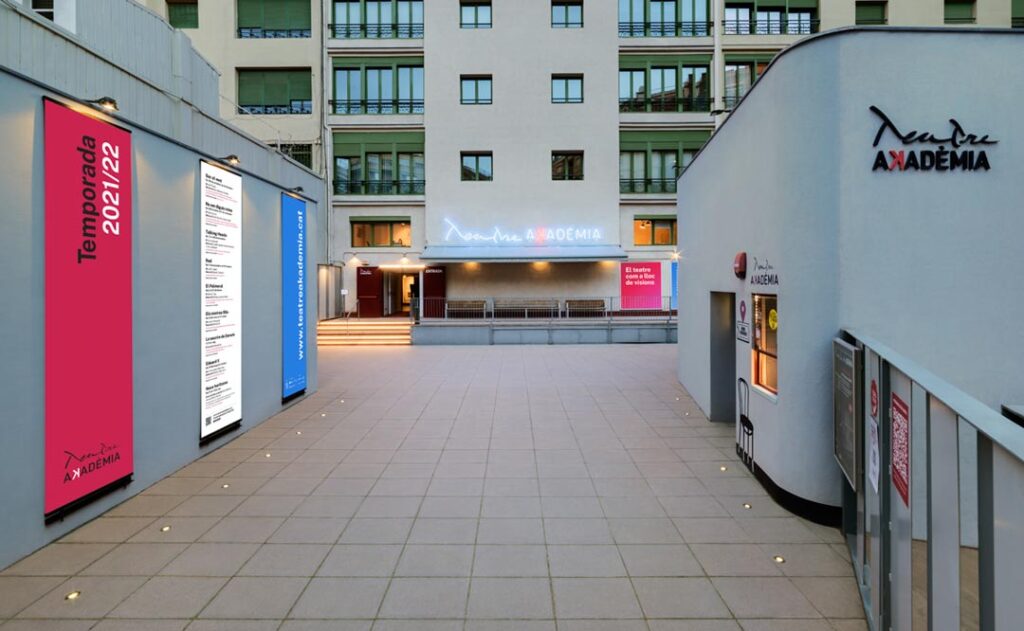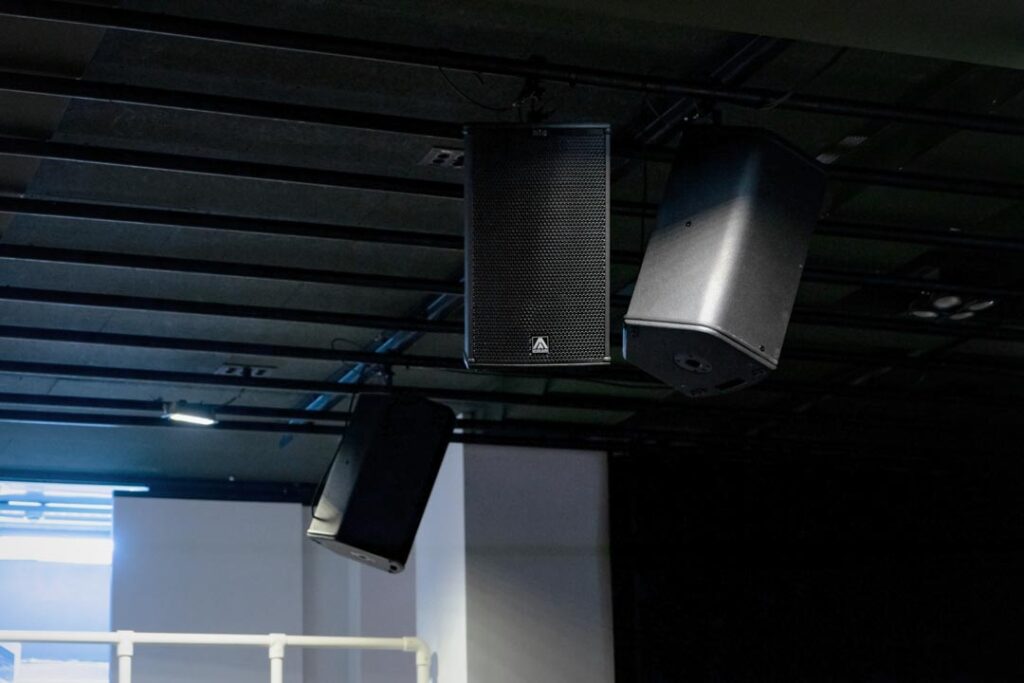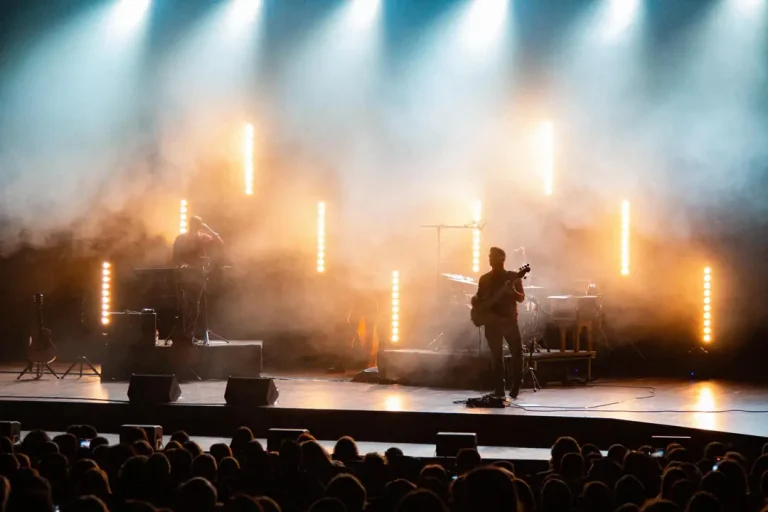With six N12P cabinets hung in three groups of two – in front of and on each side of the stage – and flown high enough to cover the entire auditorium, from the audience’s perspective, the FoH system achieves near invisibility. The smaller S6Ps are 12 in number. These are configured as three separate groups, one of four for the front row seating, and two groups of two for each of the side tiers. Three N18WP subs, sited under the front, left and right seating tiers, are assignable to both FoH N12P cabinet pairings, and the front and side surround groups; though the default configuration is that they in use with the EFX system. Four additional ‘mobile’ S6Ps are available to further expand the EFX configuration, as and how that might be required.









